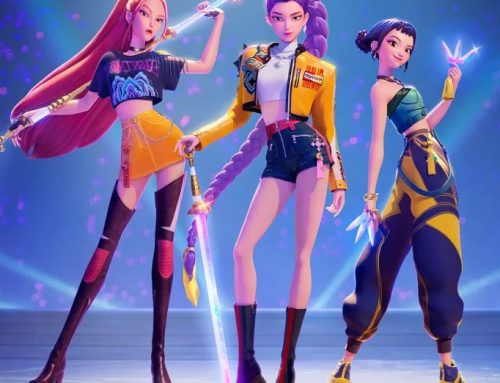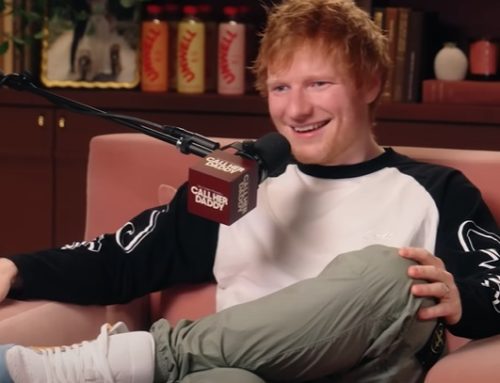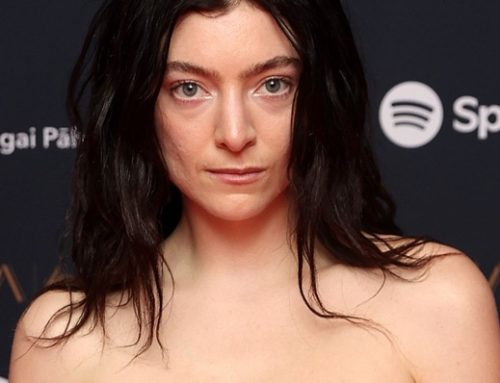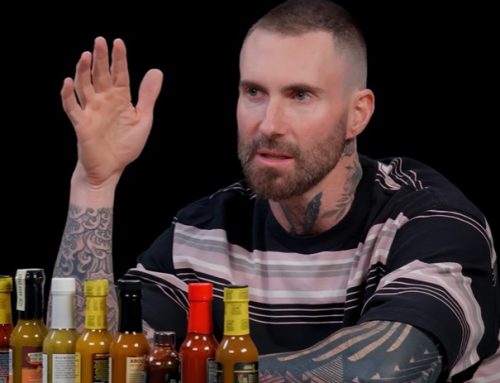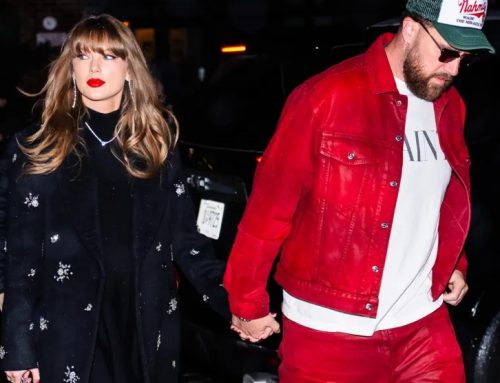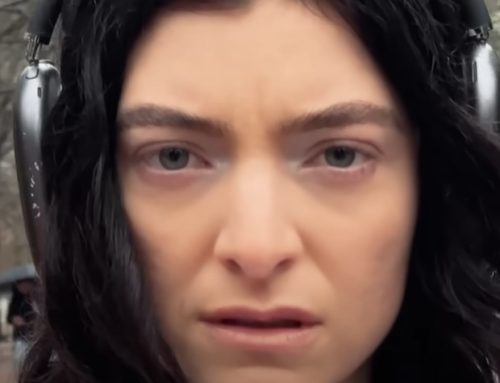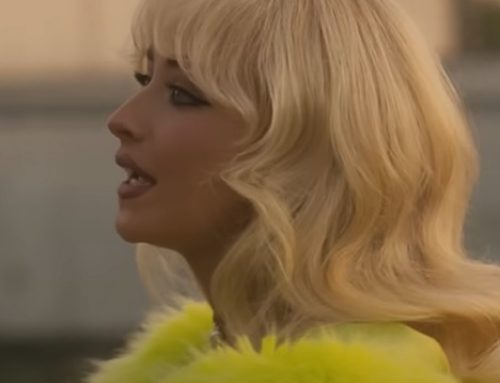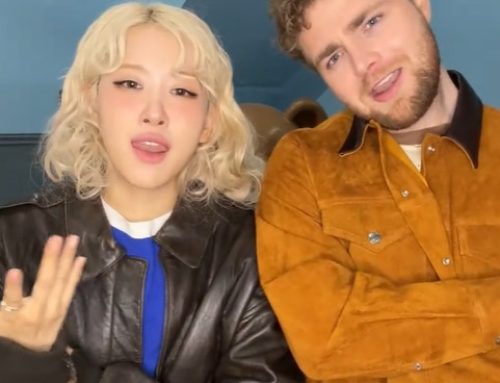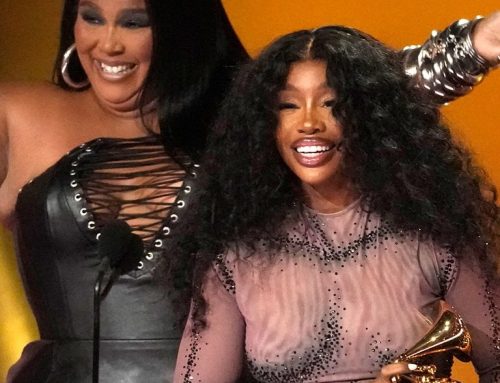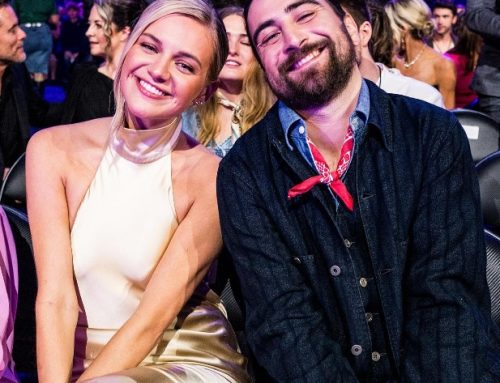C Flanigan/FilmMagic – Skrillex poses backstage during day 4 of the 2011 Sasquatch Music Festival at the Gorge Amphitheater on May 30, 2011 in George, Wash.
Electronic dance music is hardly a new phenomenon. Disco harks back to the 1970s, house was birthed in Chicago clubs around the mid-’80s, as was techno in the halls of Detroit. Electronica was the term du jour throughout the 1990s as the lines between rock, hip-hop and synthetic beats became blurred. UK garage, French touch, drum’n’bass and more came to add color and specificity to each electric evolution, and yet, in 2010, “EDM” felt like something entirely and excitingly brand new.
It was, in a way. There was an energy and an attitude about a new generation of producers, many of whom were inspired by the seemingly lawless creativity that new digital audio workstations, or DAWs, had granted. Any musically minded innovator with a laptop could fire up FruityLoops, Ableton or Reason and cook up the next wave. What started in bedrooms moved to living-room house parties, then underground urban movements, and eventually, music marketers caught wind of the new grooves, but it still took one man with a funny haircut to bring mainstream legitimacy to the moment, and his story was perhaps the craziest of them all.
Skrillex, born Sonny Moore, stunned dance audiences around the world with his self-released debut EP My Name Is Skrillex. He’d been the singer and songwriter for early aught screamo band From First to Last but walked away from that spotlight in search of greater creative horizons. The EP was created on his laptop while he, technically homeless, slept on his friend 12th Planet’s couch. A twisted take on UK dubstep, bloghouse-inspired electro, and blistering metal sonic aesthetics, it was unbridled, unruly and entirely bold. It caught reigning it-man deadmau5′ attention. A scant four months later, on Oct. 23, 2010, deadmau5’s nascent label mau5trap released its follow-up, Scary Monsters and Nice Sprites. Clearly, this young kid Skrillex had more to say.
Named after David Bowie’s 1980 album Scary Monsters (and Super Creeps), the nine-track EP was composed of six originals and three remixes. It opened with the cheeky, high-pitched robot sound of “Rock ‘n’ Roll (Will Take You to the Mountain).”
“Hello again to all my friends,” the intro sang before erupting in a bright glitch fantasy. Moore’s sonic synthesis of influences was on full display, his ability to whip chaotic noise into joyful expression undeniable. The song ends with a vocal sample ripped from a YouTube video perfect in its rebellion and cultural relevance. “You have technicians here making noise,” the man says. “No one is a musician. They’re not artist, because nobody can play the guitar.”
The EP’s title track follows, a song that has since become a generational classic. It’s famous vocal sample is also ripped from YouTube, speedstackinggirl’s Rachael Nedrow. The song’s screeching synth melodies and gut-churning bass wobbles became definitive of the emerging American dubstep scene. It was assertively catchy, eventually being certified double platinum.
Third track “Kill EVERYBODY” was even more bombastic, an audible firework display of video game sounds and stomping industrial rhythm, dark and adorable all at once. “All I Ask Of You,” featuring twee vocals from Pennybirdrabbit, showcased Moore’s love of early aught Euro electro-pop. “Scatta,” with Foreign Beggars and Bare Noize, plugged dubstep’s reggae-infused roots directly into an electrical current. It served as the hardest moment on the EP, followed immediately by its most sweeping and gentle. “With You, Friends [Long Drive]” captures a bittersweet nostalgia of intimacy, a soundtrack for moments you don’t know are so meaningful until they’ve passed.
The EP finishes with two remixes of the title track from Noisia and Zedd, the former already established as generational bass music icons, and the latter then destined for legendary success. Bare Noize remixed “Kill EVERYBODY” for the EP closer, letting listeners down gently on a poignant, rhythmic note.
Scary Monsters and Nice Sprites peaked at No. 49 on the Billboard 200, though it took nearly 15 months to get there. It’s slow and steady burn saw Skrillex nominated for five Grammys in 2012, including Best New Artist, Dance Recording (“Scary Monsters and Nice Sprites”), and Best Dance/Electronic Album. Skrillex rook that award home for the milestone EP, but not until after receiving his first golden gramophone for Remixed Recording (Non-Classical). His win was at the time regarded as a nod of industry approval for this new generation of professional bedroom producers. Skrillex, in so doing, became its face and its gracious voice.
“Everyone in the EDM community man, this means a lot to us. I know it’s been a crazy year for all of us,” he said in his speech. “There’s a lot of people who have been here before us doing what we’re doing. I think Justice † should have won a Grammy. I think Daft Punk should have won Grammys but its cool that now this year its going to open doors for everyone.”
He shouted out bass labels Dub Police and Never Say Die and paraphrased his friend Dieselboy in saying “all the ships rise with the water.” He was right. That year, media entrepreneur Robert Sillerman famously invested $1 billion into “EDM” markets via his now-defunct company SFX Entertainment. Value in this new sound skyrocketed, and while it couldn’t prove perfectly sustainable, the landscape of American music has been forever changed.
Scary Monsters and Nice Sprites is exemplary of this creative and energetic peak; a watershed moment on this day, it’s eighth anniversary, and every day to follow.



